Combat burnout at work by completing the stress cycle
To an outside observer, burnout might seem unavoidable. We’re living in a fast-paced culture, especially right now when many companies are under-resourced and forced to do more with less. But what most people don’t know is that conversations, projects, virtual events… none of these are inherently stressful. In fact, by definition, stress is a perception. So, let’s roll up our sleeves and get to work on using stress, stress management, and the stress cycle to combat burnout at work.
Are you burned out at work or at home? Chances are, if you’re feeling stressed, overwhelmed, or even just a general sense of dread about an area in your life, you are experiencing burnout. And, regardless of whether the source of your burnout is through work or something more personally, you’re going to feel it across every area of your life.
What is the “stress cycle”?
In a their book Burnout: The secret to solving the stress cycle identical twins Dr Emily Nagoski and Dr Amelia Nagoski – who have a PhD in Health Behaviour and a Doctorate in Musical Arts between them – argue that we lead lives humming with stress, but we never complete the “stress cycle.” Cracking this, they say, is the key to unlocking ourselves from our hyped up cages and into greater mental clarity.
And, what exactly does the stress cycle look like?
This article from Small Joys paints a great example:
“Back in the day of our ancestors it was very easy for them to complete the stress cycle in a short amount of time. For instance, upon seeing a threat - such as a wild animal - they would run off to safety or hunt it down. After getting rid of the danger, they would celebrate their source of stress being removed, thus ending the stress cycle. But things are not the same now. For instance, if someone harasses you in the workplace, you wouldn’t be able to respond on your own. Despite your wish to slap the rude folk and end the problem for good, you have to raise the matter with HR as the rules and norms dictate. Although your cortisol and adrenaline has spiked and your body has entered fight or flight mode, you’re still forced to act the way society expects, so you never complete the stress cycle.”
On an episode of Unlocking Us, Dr. Brené Brown sits down with Emily and Amelia to explore what burnout does to our bodies and the specific steps recommended to move through the stress cycle, which include tactics like creative expression, breathing, social interaction, laughter, and more. The key, they explain to Brown, is to think of “emotions as tunnels. If you go all the way through them you get to the light at the end. Exhaustion happens when we get stuck in an emotion.”
Combating burnout at work through Dare to Lead™️
Brené Brown’s Dare to Lead™ will have you develop courage-building skills through workshops, trainings, and coaching to help individuals, teams, and organizations move from armored leadership to daring leadership. The most significant finding from Brené’s latest research is that courage is a collection of four skill sets that are teachable, measurable, and observable.
As a Dare to Lead™ facilitator, Carrie Skowronski has been on the manager’s journey and worked with a variety of businesses, managers, and people. To say that difficult conversations require courage would be putting it mildly. She specializes in programs helping new managers successfully and thoughtfully make the transition from "buddy to boss."
Through her strengths-based approach and leveraging people's unique talents, Carrie has influenced change amongst participant’s challenges and helped them to find their pathway to excellence. Carrie’s approach is the motivational and practical science-backed spark you and your team need to replace outdated patterns of behavior with considerate, transparent, and high-functioning collaboration.
Learn more about Leadology’s Dare to Lead™ here.
To getting the support we need to move through our emotions!
—Carrie & Team Leadology







